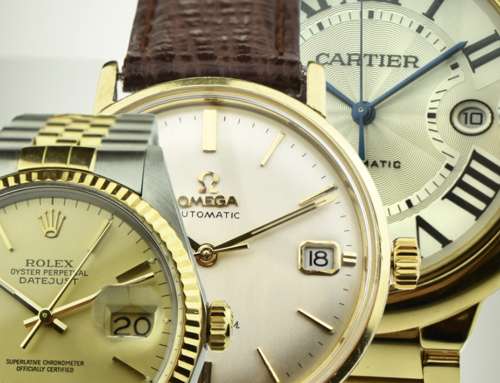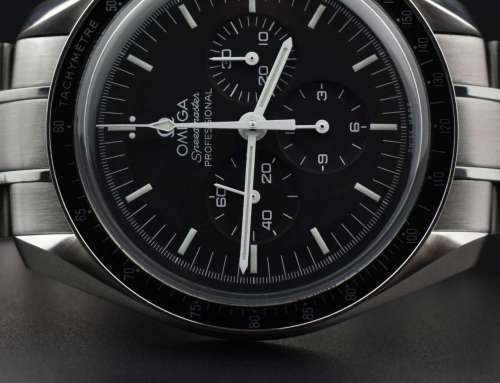The re-emergence of Swiss brand, Tudor, has taken the watch world by storm in the last few years. Over 70 years after its conception, the sister brand to the most iconic watch company in the world, has made an epic comeback and leapt to popularity among watch enthusiasts and novices alike.
The Tudor watch company was the brainchild of Hans Wilsdorf, the founder of the most iconic watch company in the world – Rolex. Wilsdorf wanted to use the knowledge and craft that he had gathered throughout the growth of Rolex, to produce quality watches at a more attainable price point.
The brand officially launched in 1946 – 20 years after Wilsdorf registered the company name ‘Tudor’. It enjoyed initial success through its early advertising campaigns as a watch for the working man. Images of coalminers, stonemasons, and construction workers showing off their Tudor watches highlighted the quality and durability of the timepieces.
This reputation was rewarded with service issue commissions to the French Navy’s ‘Marine Nationale’ frogmen, and the US Navy’s ‘SEAL’ special forces. Tudor’s ties with its sister brand, Rolex, remained strong for the following years. In fact, the two brands shared industry and manufacturing knowledge and resources.
Tudor even released its own Submariner and Prince, & Oyster models, which were undoubtedly based on the original Rolex versions. However, after almost six decades of success, the brand began to fall out of favour and was eventually discontinued on the US market in 2004.
More recently, though, interest in Tudor timepieces has spiked yet again. Following the launch of their Heritage Chrono, with its nods to early Tudor models, in 2010, people began to take notice of the brand once again. More recent endorsement deals with popular fashion icons like David Beckham and Lady Gaga have also helped to push the brand back into the spotlight.
But how can a watch that costs a fraction of the price stand up to the craftsmanship of a Rolex? Well, it can come pretty close, thanks to the shared innovations that take place at the Rolex/Tudor headquarters in Geneva. With some straightforward and transparent cost-saving methods, Tudor manages to keep the quality high, while keeping prices comparatively low.
At the Swiss headquarters, each Tudor watch is made to order with Rolex workers being brought in when demand increases. This means that there is no need to stockpile materials and products, keeping costs down.
Tudor also uses more cost-friendly materials, in comparison to those used in the manufacture of a Rolex. For example, the industry-standard surgical-grade steel is used for Tudor components, as opposed to the more expensive trademark alloy, which is reserved exclusively, for the Rolex.
Similarly to Rolex, all Tudor watches are manufactured in-house. However, as another cost-saving measure, Tudor often uses third-party calibres.
Despite some differences in the materials and parts used in the production of the two watches, Tudor timepieces are exposed to the same quality tests as their sister brand watches. This includes durability and water resistance tests and demonstrates the high quality to which Tudor watches are made.
A Tudor timepiece combines high quality and performance with affordability, making it the ideal product for the company’s wide-ranging, and growing, audience.






